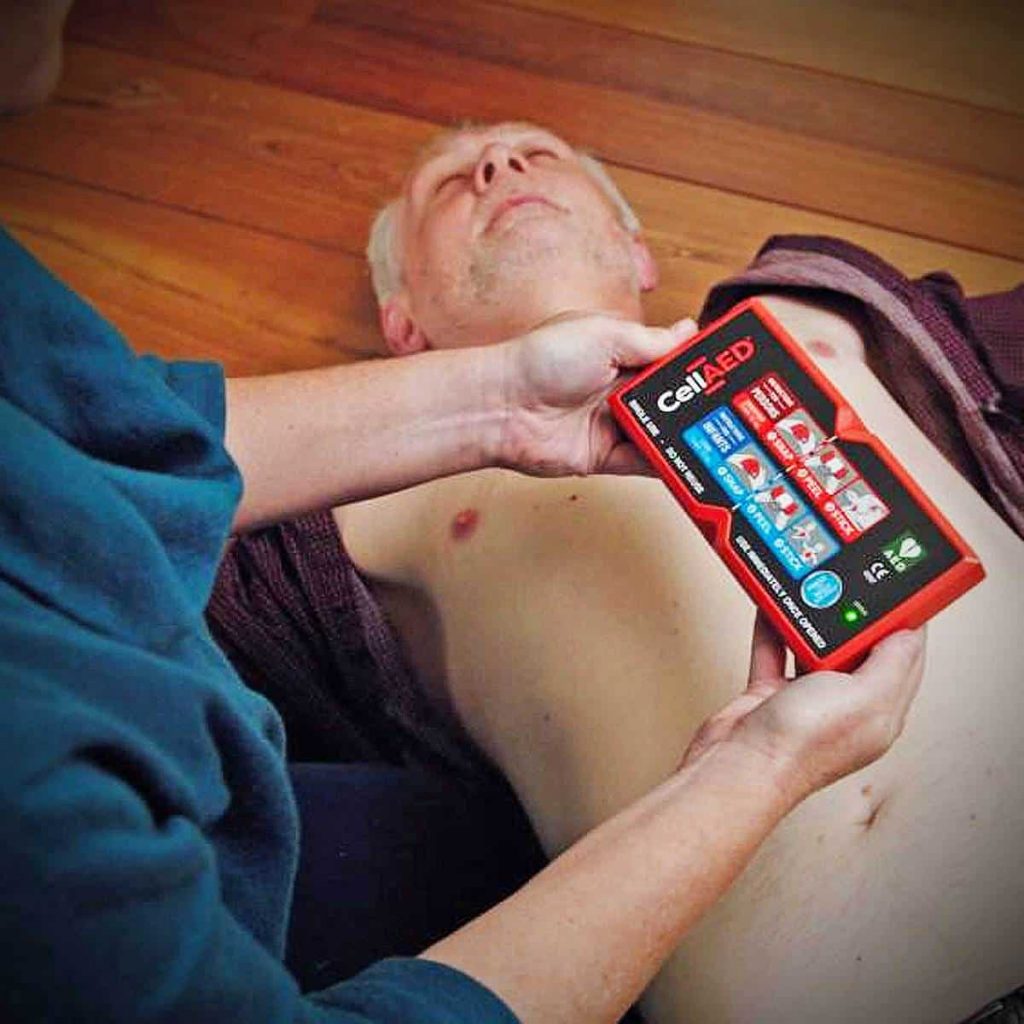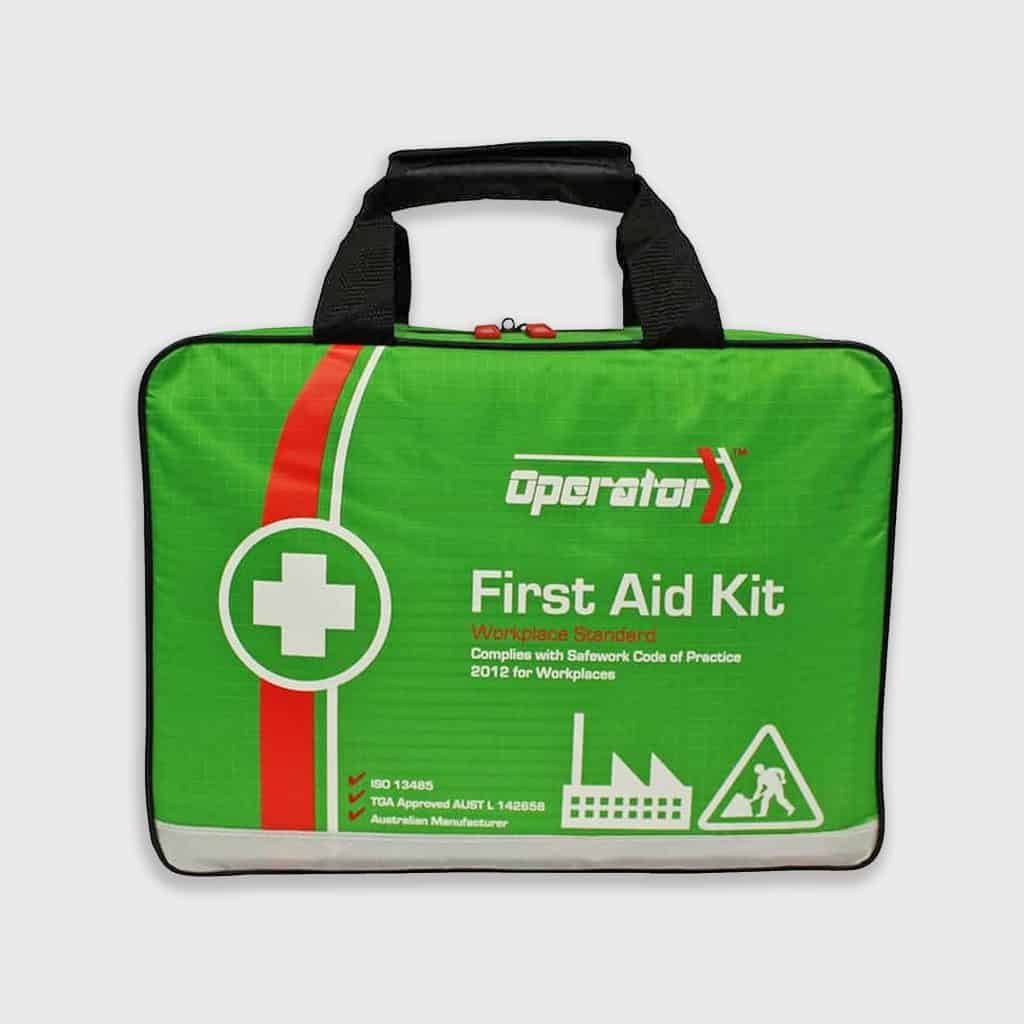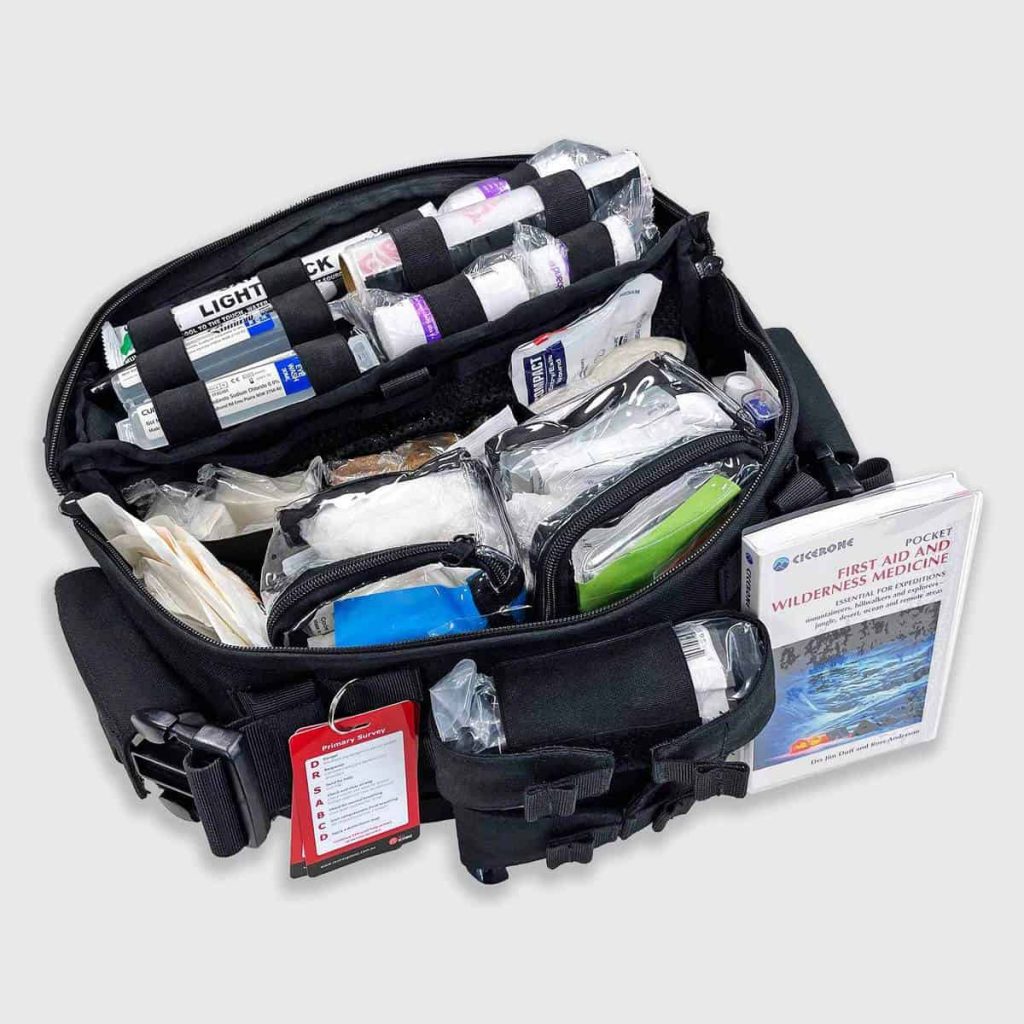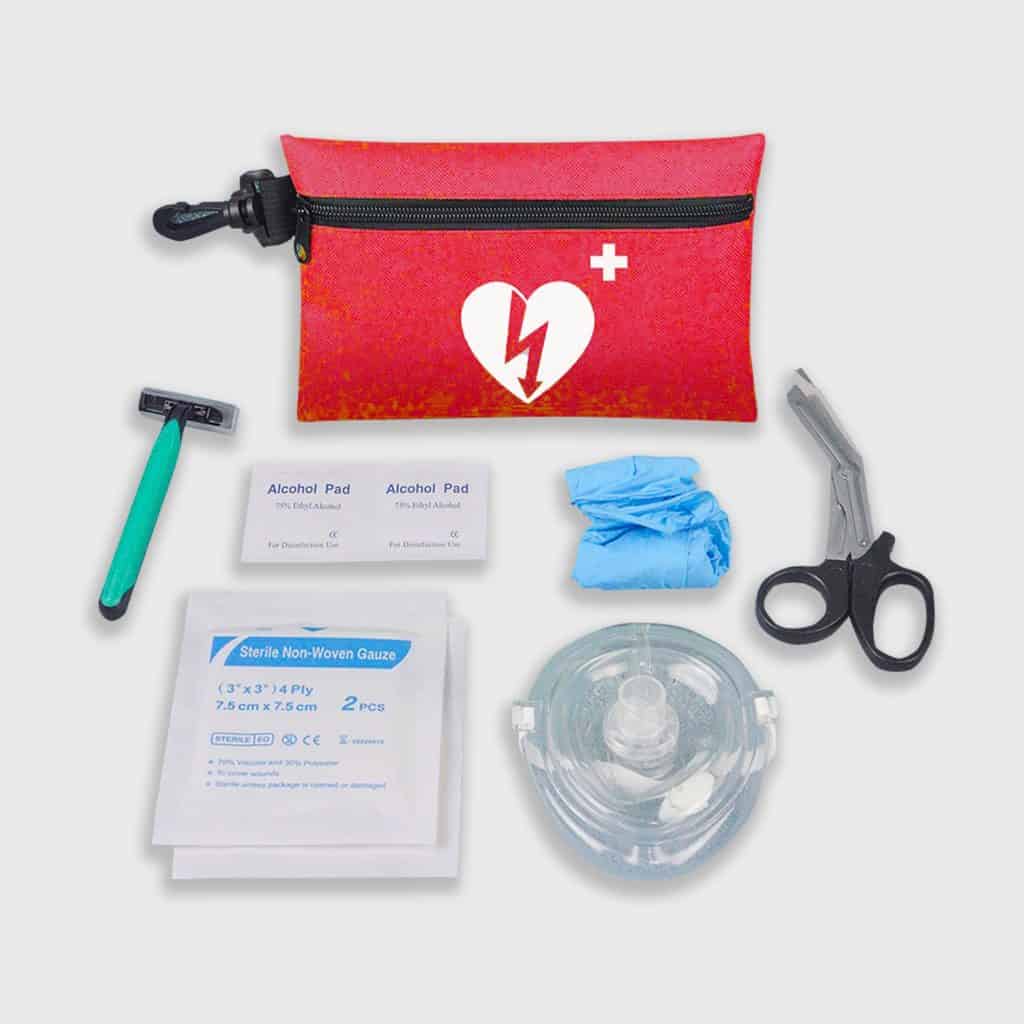I was recently lucky enough to participate in a Master Class on Reality Based Training (RBT) delivered by Ken Murray who is the director of training for the Armiger Police training institute and co-founder of SIMUNITION.
I have been training realistic simulation for years yet this session had a profound impact on me, confirming, explaining and informing me on much of the ‘why’ we do RBT and providing insight on how to improve in a range of areas. I have since had the opportunity to read Ken’s book ‘Training at the Speed of Life’, which in my opinion a must for anyone involved in RBT.
Since the master-class I have collated a few notes which I have taken from the session and Ken’s book combined with some of my own experiences in the hope it will be able to assist others in delivering safe and effective Reality Based Training.
Creating Trauma for Learning:
In our scenarios we are essentially creating a traumatising scene for our students to train in and then allow the facilitator to direct the trauma into a learning experience or if done unsuccessfully collapsing into failure. Breaking this down, the facilitator actually has an immense responsibility for the psychological safety of the trainee.
Often, I see our participants after a scenario looking confused, unsure if what they have done was right or wrong, staring at me with open eyes desperate for confirmation or condemnation of what they did or didn’t do. It is heading in one of two ways. Ken Describes these two ways as either Post traumatic Stress or Post Traumatic Growth. The latter term was new to me but makes perfect sense and confirms what we have been doing.
Trauma should not always be a negative experience. If it’s debriefed and managed appropriately and professionally it can lead to some of the most powerful and beneficial experiences of one’s life. I know this is true in my own direct experiences. However, if brushed off, and no debrief or a poor debrief provided it can lead to severe long lasting trauma and stress. I believe this determination is in the hand of the facilitator and setting. In Ken’s words, ‘the setting must be correct for the galvanisation of the individual’.
The power of the facilitator:
In my opinion the facilitator is the most important function of any RBT. As discussed above RBT is essentially traumatising a student and will lead to stress or growth. Anyone who has participated in RBT knows that feeling of anxiety / trepidation just prior, during a scenario and waiting for the facilitators debrief. Ken explains that fear is completely normal at the ‘precipice of uncertainty’ and it leads to questioning of if one has the tools to solve the problem. If the answer is yes the fear can lead to confidence / exhilaration and if not then it will lead to anxiety.
It is up to the facilitator to ensure that the students have the tools they need to succeed, otherwise not only may they fail in the scenario but it may lead to long term decline in performance.
What is the training value?
This question is something any facilitator of RBT should be constantly asking themselves. We should not just be doing things for the cool factor, or the trainer ego. At every junction this question should be asked and if an appropriate answer cannot be found then the facilitator should rethink what they are doing.
In Ken’s book ‘training at the speed of life’, Ken describes a situation when a police officer was asked to enter a building alone with suspects inside. The police officer refused stating he would wait for backup and also knowing this situation was based on a real life incident when a officer was killed in this very scenario. Eventually the training officers said to the officer, “Well for the purpose of the scenario assume you don’t have no backup”. This forced the student into the house leading to a ‘no win’ scenario
This had the most impact on me as I know I am responsible for doing exactly the same thing, saying to students, ‘go forward for this scenario’, when there is a danger or issue which in real world would not be appropriate to proceed. It is so obviously clear how damaging this can be to a student and if a certain outcome is desired then the facilitator must set the scene in a realistic manner which will not trick or confuse the students.
Realism must remain key and I believe each simulation facilitator should continuously be asking themselves ‘what is the leaning outcomes and desired end state’. If this is not clear then something must be changed. RBT is about our students, they must always be our focus!
End Scenario:
This is something which I have always found tricky. When is it appropriate to end a scenario? Take a car accident scenario, it’s easy to initiate the scenario, and allow the students to complete the necessary interventions. However, when should it end? When the interventions have ended? When the ambulance arrives or leaves? When the report is completed? Ken describes the best time to end a scenario is only when the scene is safe. In our scenario, it may be when the ambulance and police arrive and take over. However, to end premature may place students in danger in the real.
Know when the students are full:
There is a limit to how much a student can absorb in one session, it is the facilitators responsibility to recognise when this point is and end the training. Sometimes when I am training it is necessary to end early as I can see the students have absorbed all they can and if I push through for the sake of it then they will actually lose information. During Ken’s session he stressed this by stating learning exists between training not during training. Stop when students are full!
The Debrief:
I strongly believe the best debrief is one when the instructor does little except for facilitating a safe environment for the students to debrief themselves and correct their own errors. There is nothing worse than a facilitator debriefing students for 15 min while the students look around at each other unable to speak.
However, it’s important to remember that students want to protect their own egos and this may lead them to put themselves into untenable situations, and a master facilitator should be able to mitigate this by creating a safe confidential environmental for the debrief to occur. The goal is to allow students to feel safe to fail and manage their egos so they don’t put themselves in untenable situations. I recently spoke to a Israeli Air Force officer on how they run scenarios and debrief and he said to me that they encourage their students to test actions they would never do in the real world, see what happens and learn from it in the debrief. I love this concept, of going into a sim to test the unknown. That being said, I do not believe it should always be done, definitely not for assessments and will only work with an experienced debriefer. I actually tried this as a student in one of my ambulance scenarios, testing an alternative approach to managing a paediatric asthma attack and in the debrief I was ripped apart by the facilitator. I explained that I was testing out a new approach (which didn’t work) and I acknowledged that, unfortunately the facilitator didn’t appreciate my reasoning. Once I put the debriefing experience aside I know I am a better clinician from this scenario as I was able to clearly see how that specific approach was unsuccessful. Without that experience, I probably would have always wondered and may have been tempted to test it in a real world scenario.
When to Intervene:
Another challenge for me as a facilitator has been to know when to intervene during a scenario. Ken’s book, Training at the speed of life, summarises this into a common sense three step approach:
1. Unnatural pause
- When a student becomes stuck
- And learning has ceased
2. Goofy Loop
- Student continues doing the same thing expecting a different result
3. Meltdown
- Physical, psychological or technological meltdown.
Having been on both sides of each one of these situations it’s clear that once they occur the learning opportunity has ended. However, If successfully ended and debriefed the scenario may still lead to positive outcomes. The danger is if they are left to continue for the sake of the scenario it’s highly likely to damage the student and lead to long-term learning deficits.
A personal experience I can relate to is from an ambulance scenario where I was leading a team of two and made a decision to resuscitate a child rather than an adult who had a greater chance of survival. Clinically it was the wrong decision, yet I was allowed to continue in a ‘Goofy Loop’ for 15-20 min before the trainer ended the scenario and debriefed how poor my decision making skills were for another 15-20 min without allowing me to describe how I had been feeling or what prompted me to make that decision. It took me a few weeks to recover from this experience as I had lost a lot of confidence. I did make the wrong decision, but had I been prevented from flailing around in the Goofy Loop for so long and debriefed effectively I believe I would have left that scenario empowered rather than shattered .
I hope this has been as helpful to you as it was to me.
Written By:
Benjamin Krynski
Co-Founder of Real Response and Paramedic
Disclaimer:
This article is a range of my own interpretations of Ken’s Master -class and book combined with my direct experiences.









